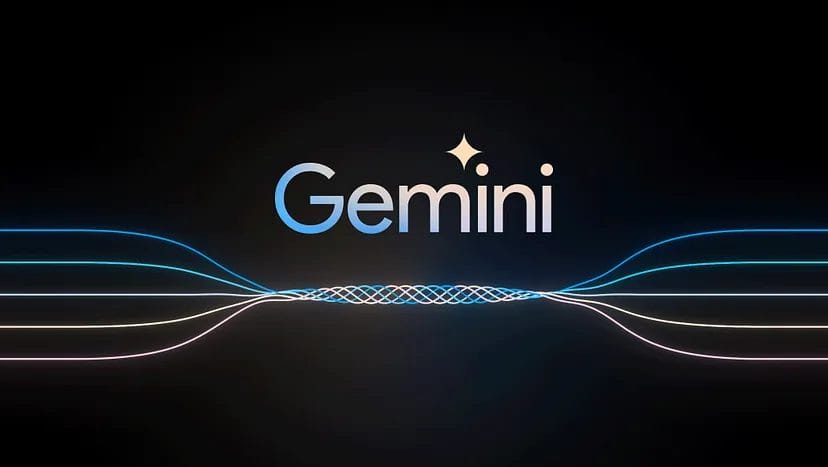
Google Considers Business Hours as a Local Pack Ranking Signal
Recently, SterlingSky revealed that Google uses business hours of operation like “whether a business is currently open” as a ranking signal for local pack rankings. When this was brought forward on X, Google search liaison Danny Sullivan confirmed that “openness” is indeed a ranking signal.
He says, “The team tells me we’ve long used “openness” as part of our local ranking systems, and it recently became a stronger signal for non-navigational queries. This might change in various ways, as we continue to evaluate the usefulness of it, however.”
When a question was raised to clarify what a “non-navigational” query is? He replied, “If you were searching for a name of a business, that would generally be that you wanted to navigate/find that particular business. If you were searching for a general topic, that’s non-navigational.”
Several people pointed out the flaws in this approach.
Someone said, “Not true. What if you’re looking for a place to eat lunch tomorrow? Or a place to have a drink when you’re on your trip this weekend? Now, searching at night, it’s not accurate or meeting my intent .”
To this, Danny replied, “Agreed. Those are good points that I and a few others are discussing with the team. It’s why I said this might change in various ways.”
Many concluded now businesses will likely switch their hours of operation to 24/7 simply to boost their rankings even if they aren’t open all the time.
Danny replied, “Yes, I’ve passed that feedback on to the team already. I wouldn’t recommend businesses do this, given the ranking signal may continue to be adjusted.”
Of course, the fact is that customers looking for open businesses can simply filter the results. Therefore, it’s arguably unnecessary for Google to bake that ranking signal into the Local Pack algorithm. Assuming that the searcher is looking only for businesses that are currently open is not only erroneous, it’s kinda stupid — at least from a “good user experience” point of view.
It seems Google will soon take down this signal ranking; until then, to save your business from getting affected by it, you can research the hours of operation that your competition is posting and then post your hours just a little earlier and a little later if possible.
Google Bids Farewell to Mobile Usability & Mobile-Friendly Test Tools!
In April, Google announced that they would be discontinuing the “Mobile Usability” report, the MobileFriendly Test tool, and the Mobile-Friendly Test API within Search Console. This announcement has now come to fruition, and these tools are no longer available.
In a recent tweet, Google confirmed the retirement of these tools, expressing gratitude to website owners for their collaboration in making the web a better place. Consequently, all references to the Mobile-Friendly Test and the Mobile Usability Report have been removed from Google’s search help documentation. Users attempting to access mobile usability reports in the Search Console will now be redirected to the overview page.
While the loss of these resources was met with disappointment by many, an alternative solution has been proposed by Kristina Azarenko. Her tweet contains a video demonstrating an alternative approach.
Notably, on December 1st, Google officially retired the Mobile-Friendly Test tool. This tool had long been favored by technical SEOs for checking the rendered HTML of a page, especially when Google Search Console’s URL Inspect tool was not accessible.
So, what should you use in place of the Mobile-Friendly Test tool? The answer is simple: switch to the Rich Results Test tool. It’s a straightforward process:
1. Enter the URL.
2. Click on “View tested page.”
3. Examine the “HTML” tab for the rendered HTML you need.
While these tools were invaluable, Google’s ever-changing ecosystem sometimes necessitates adaptation. In the digital realm, change is constant, and we must embrace new tools and strategies to navigate it effectively.
Behind the Hype: Unveiling the Reality of Google’s Gemini AI

Google’s latest venture, Gemini, is hitting the tech headlines as their most advanced AI model to date. The plan? A gradual integration starting with simpler versions, Nano and Pro, to enhance the Bard chatbot and Pixel 8 Pro smartphone. Gemini is designed to elevate everyday technology making your chats smarter and your phone more intuitive.
The real buzz is about Gemini Ultra, set for early 2024, promising to revolutionize the Bard chatbot. A recent video teased a future of effortless AI conversation. However, it seems the demo’s smooth interaction was more cinematic flair than reality. Google has acknowledged enhancing the video, raising questions about the actual performance of Gemini.
Reports indicate that despite its newness, Gemini isn’t outshining established models. Gemini Pro, in particular, is reportedly lagging behind OpenAI’s GPT-3.5 Turbo. This comparison is notable with the advent of even more sophisticated AI like GPT-4, highlighting areas where Gemini needs to catch up.
This development begs the question of trust in technological advancements. As the AI race accelerates, the importance of honest representation cannot be understated. Google’s approach to presenting Gemini’s capabilities has sparked a debate on the fine line between innovation and marketing. It’s a reminder that in the pursuit of technological leadership, earning user trust is as crucial as pushing the boundaries of what’s possible. As we continue to navigate the ever-evolving landscape of AI, staying informed and critical of these advancements ensures we’re not just chasing the next big thing but investing in genuinely transformative technology.



